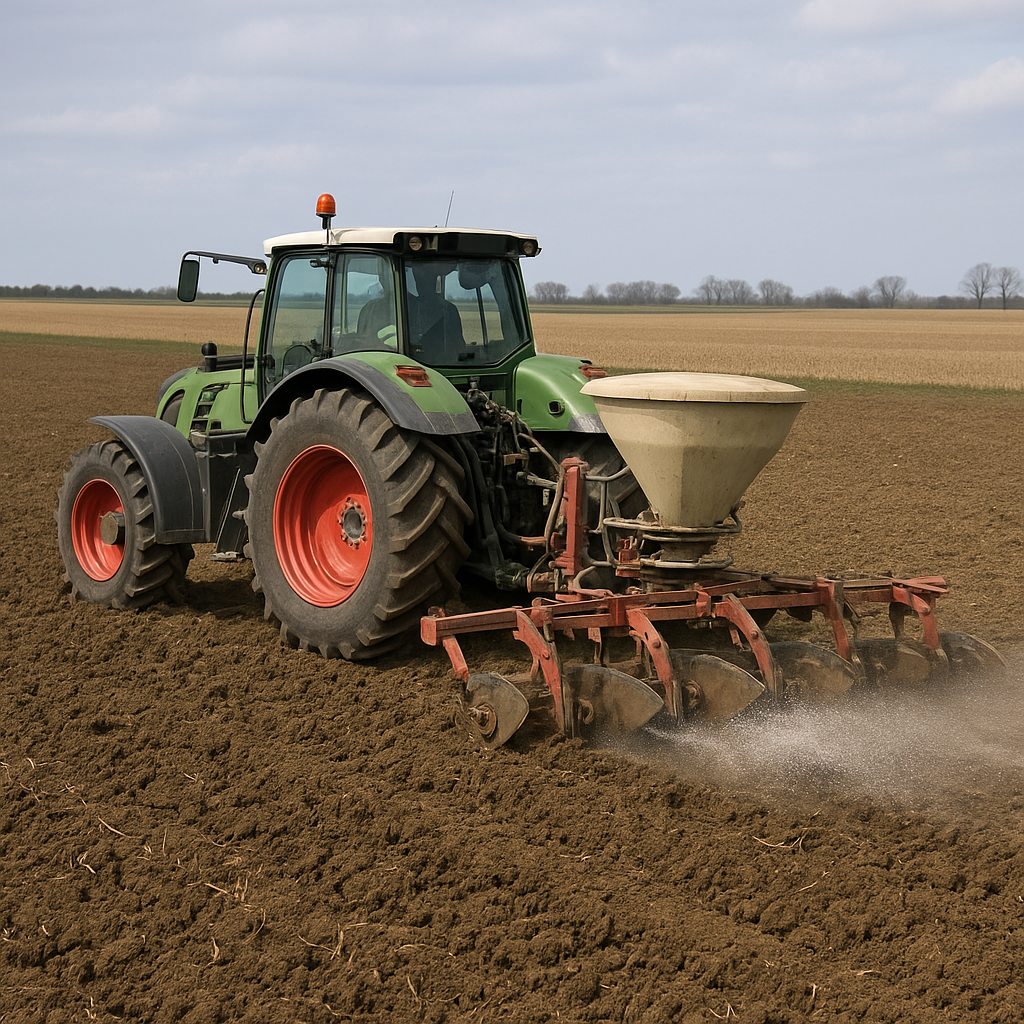Combining plowing with fertilizer application can transform traditional soil management by integrating two critical operations into one seamless process. This approach not only saves time and labor but also enhances soil structure and nutrient availability, fostering healthier crop development and greater yield potential. By carefully planning and executing each step, farmers can achieve optimal results and improve sustainability across their fields.
Enhancing Soil Structure and Nutrient Distribution
Before delving into the technical details, understanding how plowing influences soil dynamics is essential. Deep tillage breaks up compacted layers, promoting aeration and water infiltration. When paired with precise fertilizer placement, roots gain direct access to vital nutrients without relying solely on surface applications.
Assessing Soil Profile Characteristics
An accurate soil test provides a baseline for pH, organic matter, and nutrient levels. Mapping soil variability across fields helps decide which zones require additional amendments. In areas of low fertility, incorporating phosphorus or potassium fertilizers at depth can correct deficiencies and support vigorous root growth.
Balancing Moisture Retention and Drainage
Effective moisture management ensures fertilizer dissolves evenly and moves into the root zone. Overly wet conditions can cause smearing during tillage, while excessive dryness may generate dust and uneven material distribution. Aim for field moisture near field capacity for best results.
Choosing and Calibrating the Right Equipment
Integrating fertilizer application with equipment designed for dual operations demands careful selection and calibration. Modern implements combine coulters or openers with variable-rate technology, enabling precise placement at adjustable depths. Key considerations include:
- Tractor horsepower and torque capacity
- Attachment compatibility and weight distribution
- Hopper capacity and metering precision
- Depth control mechanisms and gauge wheels
- GPS or section control for accurate rate adjustments
Implement Setup and Adjustment
Begin by matching the plow width and shank spacing to the tractor’s drawbar capacity. Secure the fertilizer metering unit at a consistent height to maintain even flow. Test run small sections while measuring application rates by collecting fertilizer samples from the outlets over a set time interval.
Variable-Rate Application Techniques
Utilize prescription maps derived from yield data and soil tests to adjust fertilizer rates on the go. Many systems support efficiency-boosting features like automatic section shutoff to avoid overlaps. Real-time sensors can monitor application and soil conditions, providing feedback for immediate corrections.
Timing Field Operations for Optimal Results
Strategic scheduling of combined plowing and fertilization depends on several factors, including crop rotation, weather forecasts, and field trafficability. Aligning these variables prevents soil compaction, erosion, and nutrient leaching.
Seasonal and Crop Rotation Considerations
Incorporate fertilizer at the start of the season to coincide with primary tillage operations, ensuring that nutrients are in place before crop emergence. For winter cereals, fall plowing with starter fertilizers can promote early root establishment. In spring-planted crops, apply micronutrients alongside primary tillage to stimulate rapid vegetative growth.
Weather Window and Soil Conditions
Monitor precipitation and temperature trends. A dry spell may necessitate delaying operations to avoid equipment rutting, while impending rainfall can be leveraged to integrate fertilizers deeper into the soil profile. Use local weather models to anticipate ideal working days, reducing downtime and improving field accessibility.
Operational Safety and Maintenance Best Practices
Ensuring operator safety and maintaining equipment reliability are fundamental to smooth field operations. Regular inspections and adherence to safety protocols minimize risks and maximize machine uptime.
Pre-Operation Checklists
- Review hydraulic hoses and connections for leaks.
- Inspect disc blades, shanks, and coulters for wear or damage.
- Calibrate fertilizer metering units to specified rates.
- Verify tire pressure and three-point hitch alignment.
- Ensure all guards and shields are in place.
Routine Maintenance Procedures
After each use, clean residue from openers and hoppers to prevent corrosion. Grease moving parts according to manufacturer recommendations, and store equipment under shelter to protect sensitive components. Replace worn tines and discs promptly to maintain efficiency and uniform material delivery.
Maximizing Long-Term Field Performance
Combining plowing with fertilizer application requires more than just fitting two tasks together. It involves a holistic approach to soil health, resource management, and machinery optimization. By following best practices, farmers can achieve sustainable gains in productivity and cost-effectiveness.
Monitoring and Data Collection
Use yield monitors and soil sensors to measure the impact of integrated operations. Compare treated and untreated strips to evaluate improvements in nutrient uptake, root depth, and crop vigor. This feedback loop allows continuous refinement of application rates and tillage depth.
Adapting to Technological Advances
Stay informed about emerging tools such as machine learning algorithms that predict optimal fertilizer band placement, or robotics systems capable of autonomous tilling. Embracing innovation helps maintain a competitive edge while preserving soil integrity and safeguarding environmental quality.
By mastering the art of combining plowing with fertilizer application, modern agriculture can meet the dual challenge of boosting yields and preserving ecosystem health.
